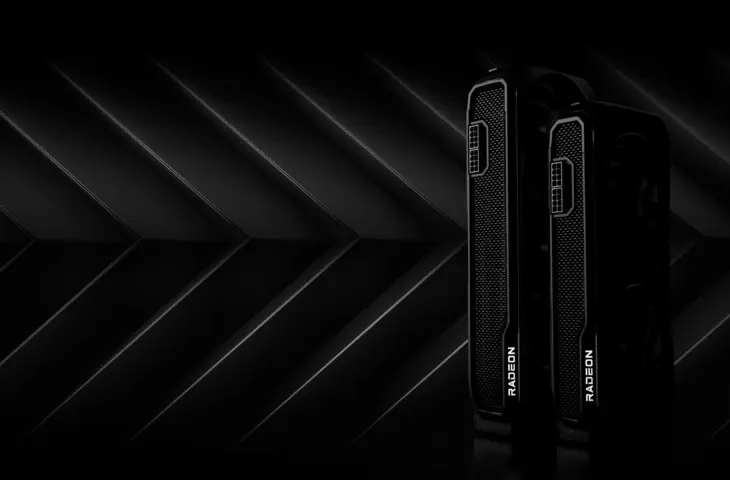AMD introduces two new graphics cards to the market: the Radeon RX 9070 and RX 9070 XT variant. Both GPUs are aimed at mainstream use, with manageable recommended prices.
AMD has the peculiar habit of launching one product multiple times. After the launch of the Radeon RX 9070 and RX 9070 XT during CES in January, a second launch of the same products now follows on the sidelines of MWC. In January, AMD shared the name, some specifications, and general expected availability. Now the manufacturer reveals the rest of the relevant details.
Market Shortage
Both GPUs will be available in stores from March 6. They come with recommended prices of $549 for the regular RX 9070 and $599 for the slightly more powerful XT variant, respectively. We don’t know the recommended price in euros yet, and it’s questionable how relevant it will be.
There is currently a major shortage of GPUs, partly fueled by the limited availability of Nvidia’s RTX 50 chips. We saw a similar scenario with previous important GPU updates a few years ago. The chance that AMD can fill the gap soon with immense volumes of graphics cards is small. So don’t be surprised by both limited availability of announced chips and significantly higher recommended prices.
Specifications
Within a few days, you can choose from two new GPUs, based on the also new RDNA 4 architecture. It seems that AMD is essentially rolling out one chip and dividing it into two variants depending on quality to increase the yield of the production process. The Radeon RX 9070 and RX 9070 XT are not very different after all.
| AMD Radeon | CUs | GDDR6 | Base | Boost | Interface | Cache | TDP | Price |
| RX 9070 XT | 64 | 16 GB | 2.4 GHz | 3.0 GHz | 256-bit | 64 MB | 304 W | $ 599 |
| RX 9070 | 56 | 16 GB | 2.1 GHz | 2.5 GHz | 256-bit | 64 MB | 220 W | $ 549 |
Improvements
The GPUs are supposed to be up to 40 percent more powerful than their predecessors built with RDNA 3. New ray-tracing accelerators would even provide a doubling of capabilities in that area.
For gamers, AMD integrates FidelityDX Super Resolution Technology 4 (FSR 4). This is AMD’s equivalent of Nvidia DLSS. The technology uses machine learning algorithms to support high-setting games in 4K resolution. Games must support FSR.
AMD further adapted the RDNA 4 architecture to better process AI workloads, including the inclusion of FP8 and eight times faster INT8 throughput. The BF9 and INT4 data types are also supported. All together, you can count on 389 TFLOPS of FP16 computing power.
Not Always More Powerful
It’s also notable that AMD hasn’t made improvements across the board with the RX 9070 cards. For example, the Radeon 7900 has more (older) Compute Units and a 384-bit memory interface. So there will be workloads where the newer GPUs don’t necessarily have the advantage.
The new cards will be available from March 6. Among others, Acer, ASRock, ASUS, Gigabyte, PowerColor, Sapphire, Vastarmor, XFX, and Yeston will immediately offer units. The actual price and availability will become clear in the coming weeks.
